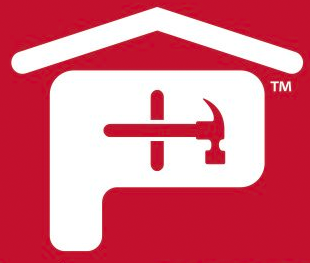The building’s roof is the first line of defense against heat from the sun. Studies have shown that roofing materials, insulation products and color choices impact how buildings handle heating and cooling.
A building’s roof should be optimally designed to release or reflect the sun’s rays, not store and absorb them, especially on the hottest days. An experienced roofer knows that a sun-drenched roof can reach oven-like temperatures.
Top ways to provide a cool summer indoors:
Light Color
Multiple studies in the last few years have documented significant energy savings from simply lightening the color of a roof, which raises the radiation level reflected off a surface. This is known as the albedo effect. A dark-colored asphalt roof can reach 150 to 175 degrees on a hot summer day. This raises the temperature of the rooms below, thereby making the air conditioner work much harder. Shingle manufacturers realize that color variety is more than just aesthetics.
Radiant Barriers
A radiant barrier is a sub-roof system that involves installing a reflective material into the space between a building's interior and the roof. Material examples would be aluminum or a specialized reflective spray treatment. The barrier intent is to keep heat up and out. Atlas Roofing manufactures AC® Foam Crossvent® RB. It consists of a polyiso insulation board with vent spacer strips that separate 7/16" APA/TECO rated radiant barrier Oriented Strand Board (OSB) from the polyiso foam insulation to create a cross-ventilating air space. The radiant barrier diminishes radiant heat transfer and reduces the temperature gradient across the polyiso board.
Thermoplastic Rubber
SBS (Styrene Butadiene Styrene) is a thermoplastic rubber that is durable and weather resistant when added to asphalt shingles. It prevents sun absorbtion, holds surface granules better and creates a stronger adhesion. All of these are important benefits in high temperature climates. Shingles manufactured with SBS technology, like Atlas Roofing StormMaster® line, reflect UV rays and allow for a longer shingle life, even in extreme hot weather conditions.
Solar/Photovoltaic (PV) Systems
With PV technology, any sunny rooftop can be converted into a solar power generator, becoming a renewable energy system. Gathering heat for alternative energy is a major advancement to merely, reflecting heat. A traditional solar array consists of 10 to 20 panels mounted on an existing roof, requiring minimal changes to the structure. Product designs are becoming less obtrusive as solar technologies improve. The roof still resembles a roof, even as it generates power.
In high-heat climates, providing an energy-efficient roof does not have to be a costly matter. Small improvements can produce big savings with comfortable energy-use, even during summer months. Quality roofing insulation, as well as other products, must be able to pass the climate test.




 Gear!
Gear! PRO LOGIN
PRO LOGIN